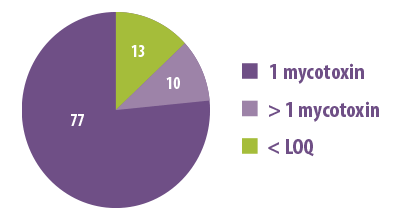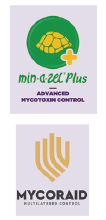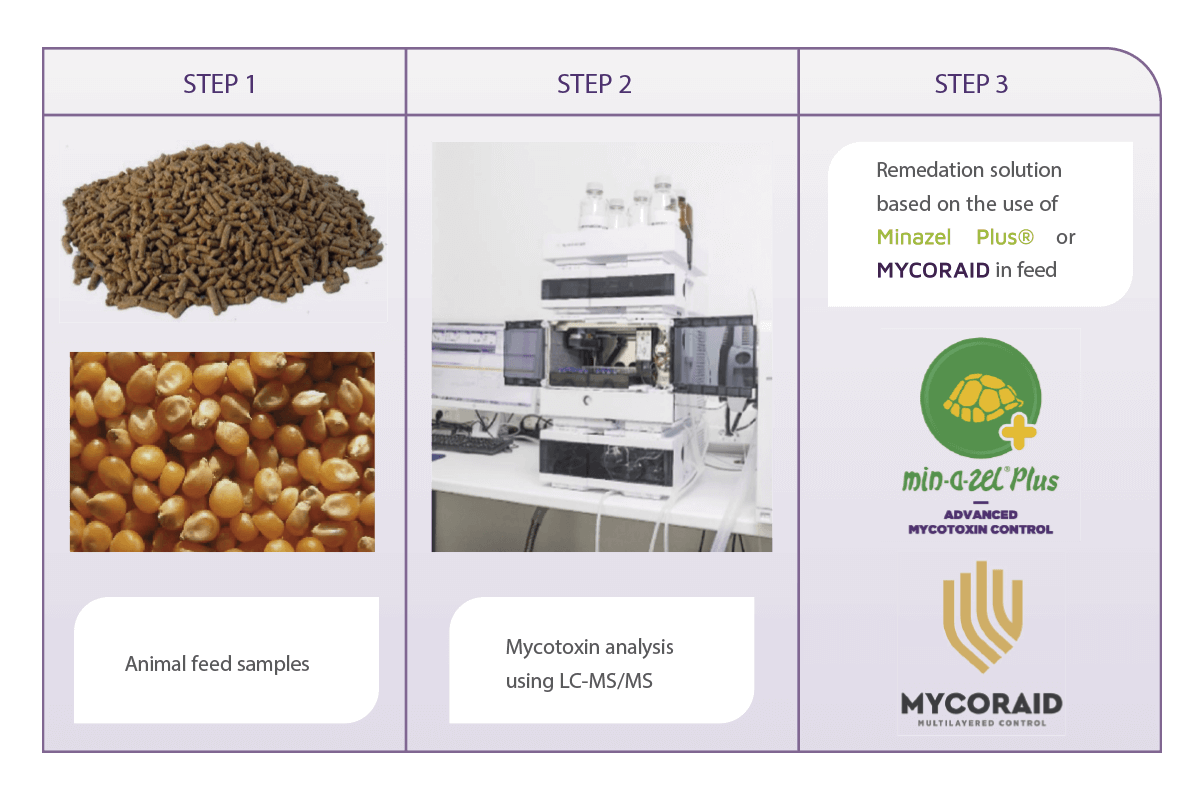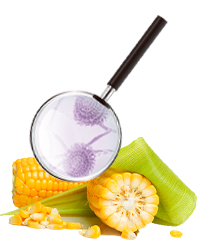Jog Raj*, Hunor Farkaš, Svetlana Ćujić, Zdenka Jakovčević, and Marko Vasiljević
PATENT CO, DOO., Mišićevo, Serbia
*Corresponding author: [email protected]
Mycotoxins are produced as secondary metabolites by various fungi in almost all agricultural commodities. The main mycotoxin-producing fungi are Aspergillus, Fusarium, and Penicillium. Afllatoxin B1 (AFB1), deoxynivalenol (DON), ochratoxin (OTA), zearalenone (ZEN), fumonisin (FB1 and FB2), and T-2 toxin are the most common mycotoxins found in food and feed samples (corn, wheat, finished feed, etc.). Mycotoxins are regulated in almost 100 countries but most of these regulations are related to aflatoxins and the maximum tolerated levels differ greatly among countries. Mycotoxicosis can result in significant economic losses on animal farms (swine, poultry, among others) due to reduced productivity and increased disease incidence.
Mycotoxicosis can result in significant economic losses on animal farms (swine, poultry, among others) due to reduced productivity and increased disease incidence. The variations in tolerated levels of mycotoxins and the non-regulation of other mycotoxins in various countries pose a big challenge for the animal feed industry and these variations are increasing the importance of mycotoxin analysis of incoming raw materials before they enter the food/feed chain.
The variations in tolerated levels of mycotoxins and the non-regulation of other mycotoxins in various countries pose a big challenge for the animal feed industry and these variations are increasing the importance of mycotoxin analysis of incoming raw materials before they enter the food/feed chain.
Due to this, PATENT CO has been performing annual corn surveys as a preventative tool and the results for the 2021 harvest are shown as follows.

Global 2021 survey of mycotoxins in corn
The survey of mycotoxins in corn from 19 countries (Belarus, Bosnia & Herzegovina, Brazil, Croatia, Ecuador, Egypt, El Salvador, Guatemala, India, Italy, Mexico, Morocco, Philippines, Russia, Senegal, Serbia, Taiwan, Turkey, and Vietnam) showed that only 13% of all samples were not contaminated with mycotoxins. Figure 1. Percentage of mycotoxins in corn harvested in 2021 from 19 countries.

The preventive approach at PATENT CO
PATENT CO. invests significant resources in analyzing the presence of mycotoxins in raw materials and finished feed. Our preventive approach is based on: The solution is based on using MINAZEL PLUS® and MYCORAID in feed for all livestock and aquaculture species.

![]() This approach limits or reduces the carryover of mycotoxins from animals to humans.
This approach limits or reduces the carryover of mycotoxins from animals to humans.
CONCLUSION
Recent surveys of raw materials and finished feed have shown the co-occurrence of more than one mycotoxin. ⇰ This co-occurrence may lead to additive or synergistic effects when fed to sensitive animal species (swine and poultry, amongst others). This suggests that the analysis of raw materials and finished feed for mycotoxins and the use of mycotoxin remediation products is of utmost importance for reducing the carry-over of mycotoxins from animals to humans.






 Micotoxicosis prevention
Micotoxicosis prevention